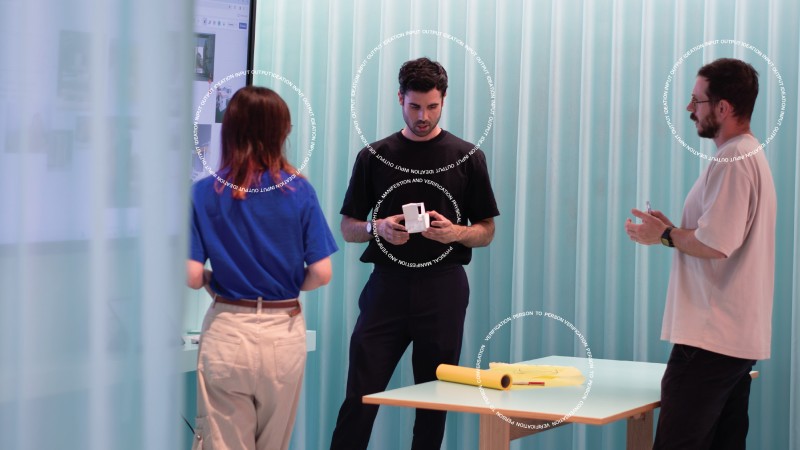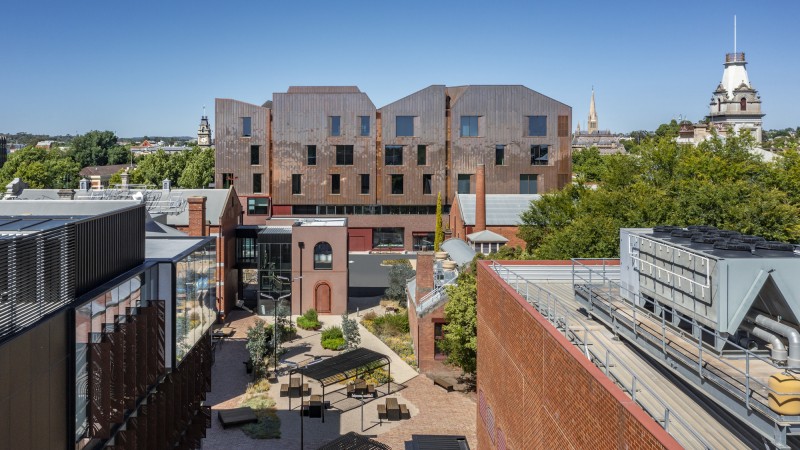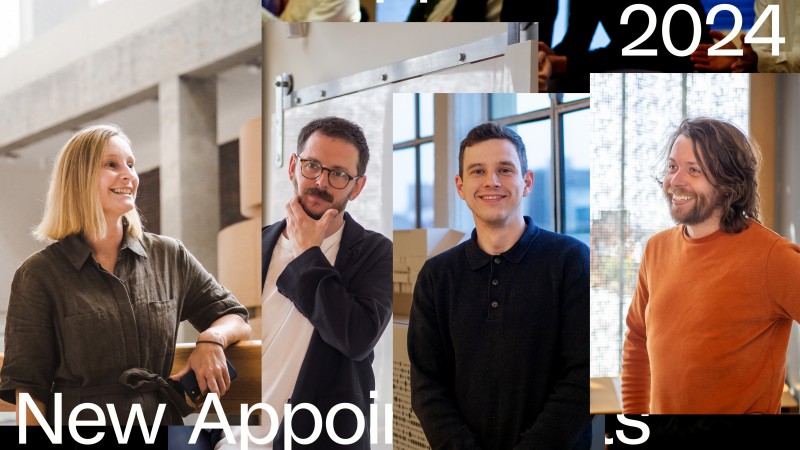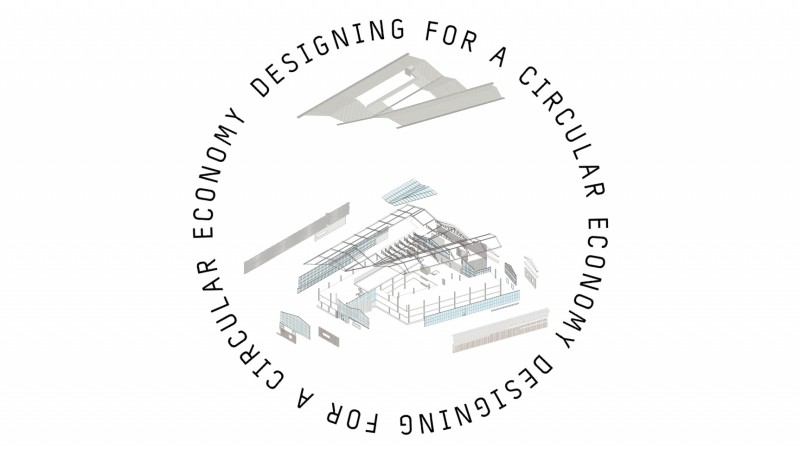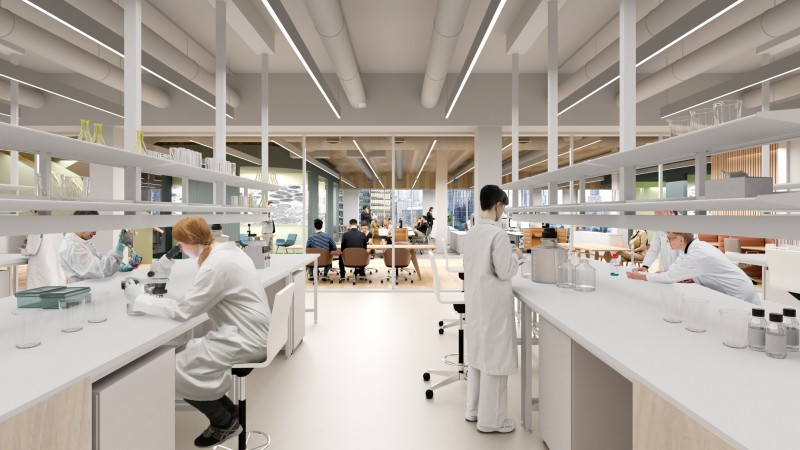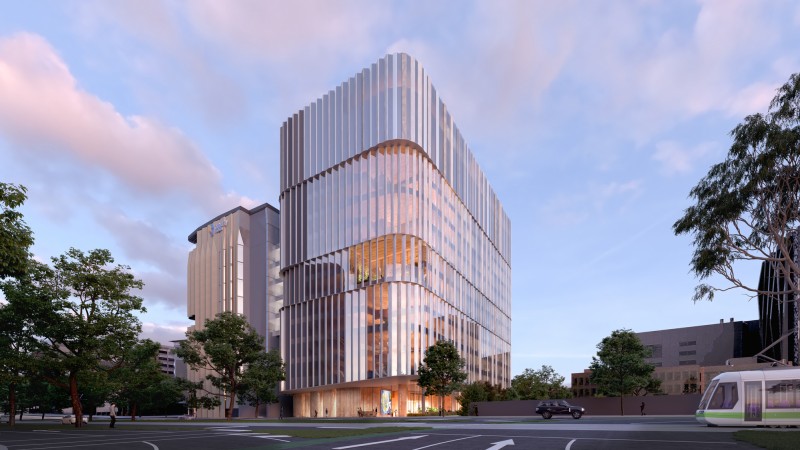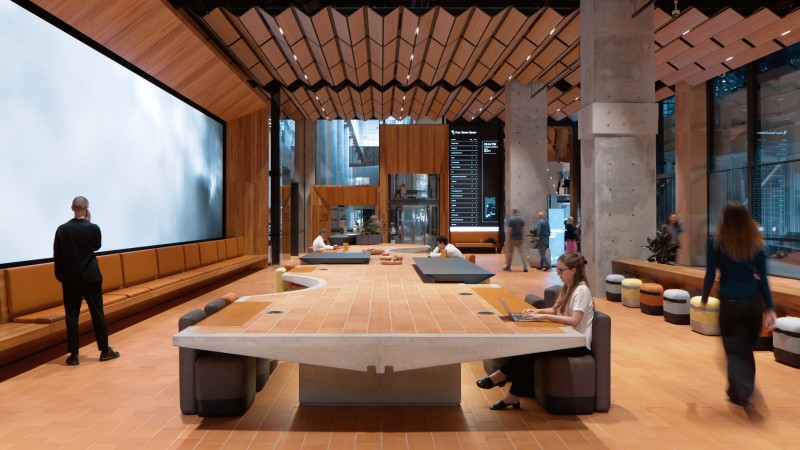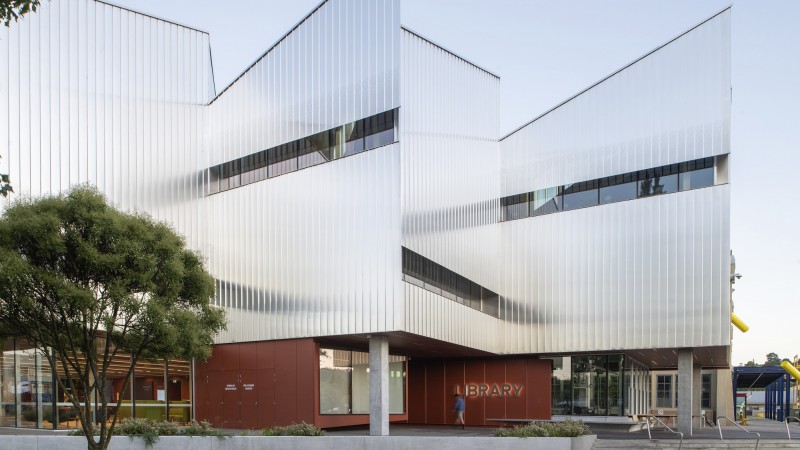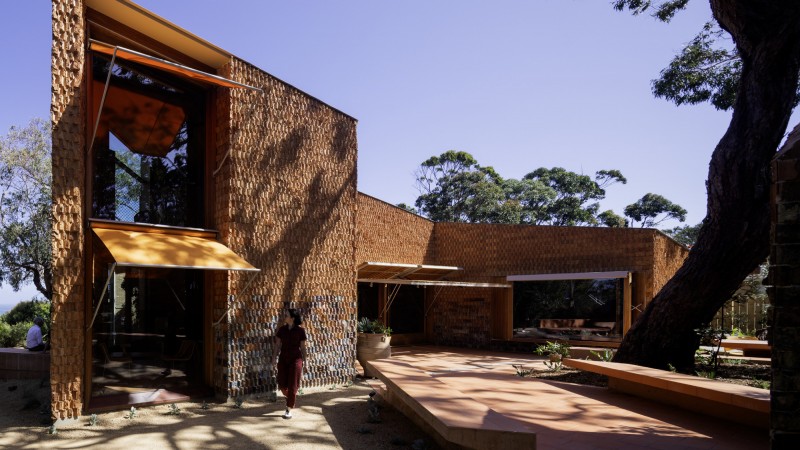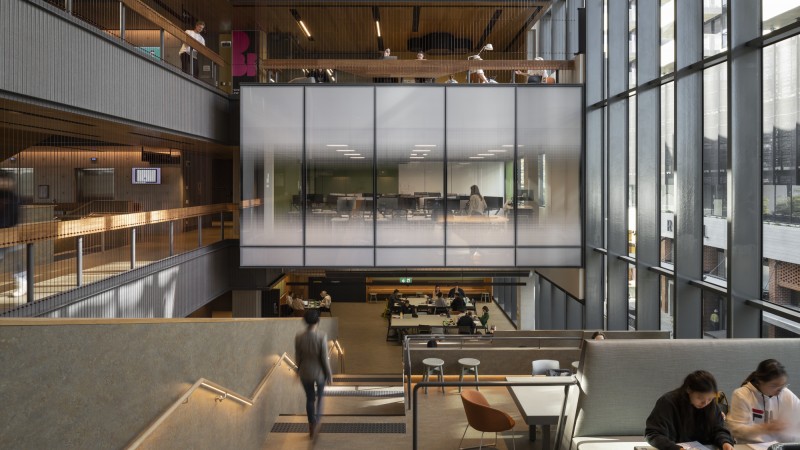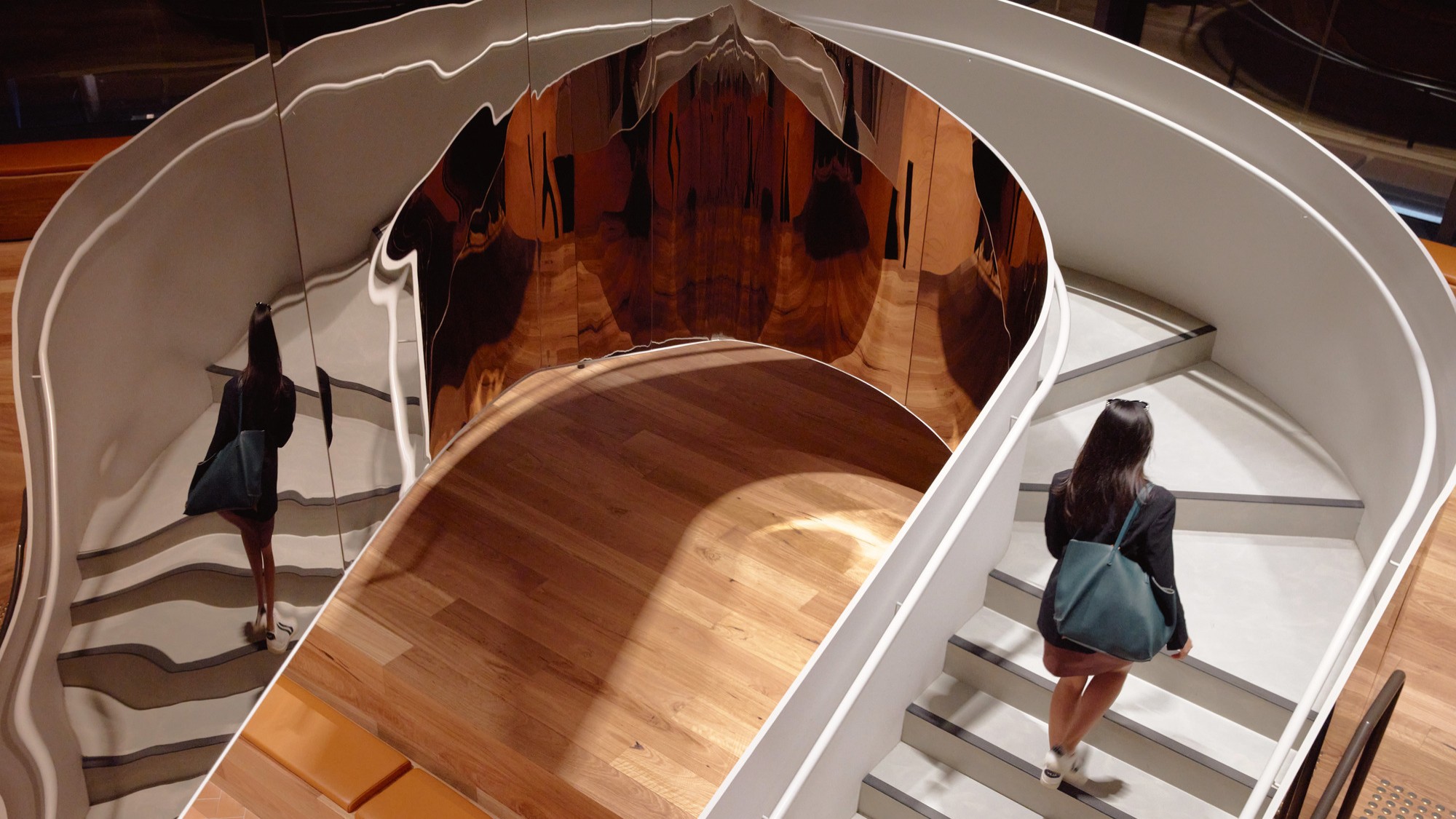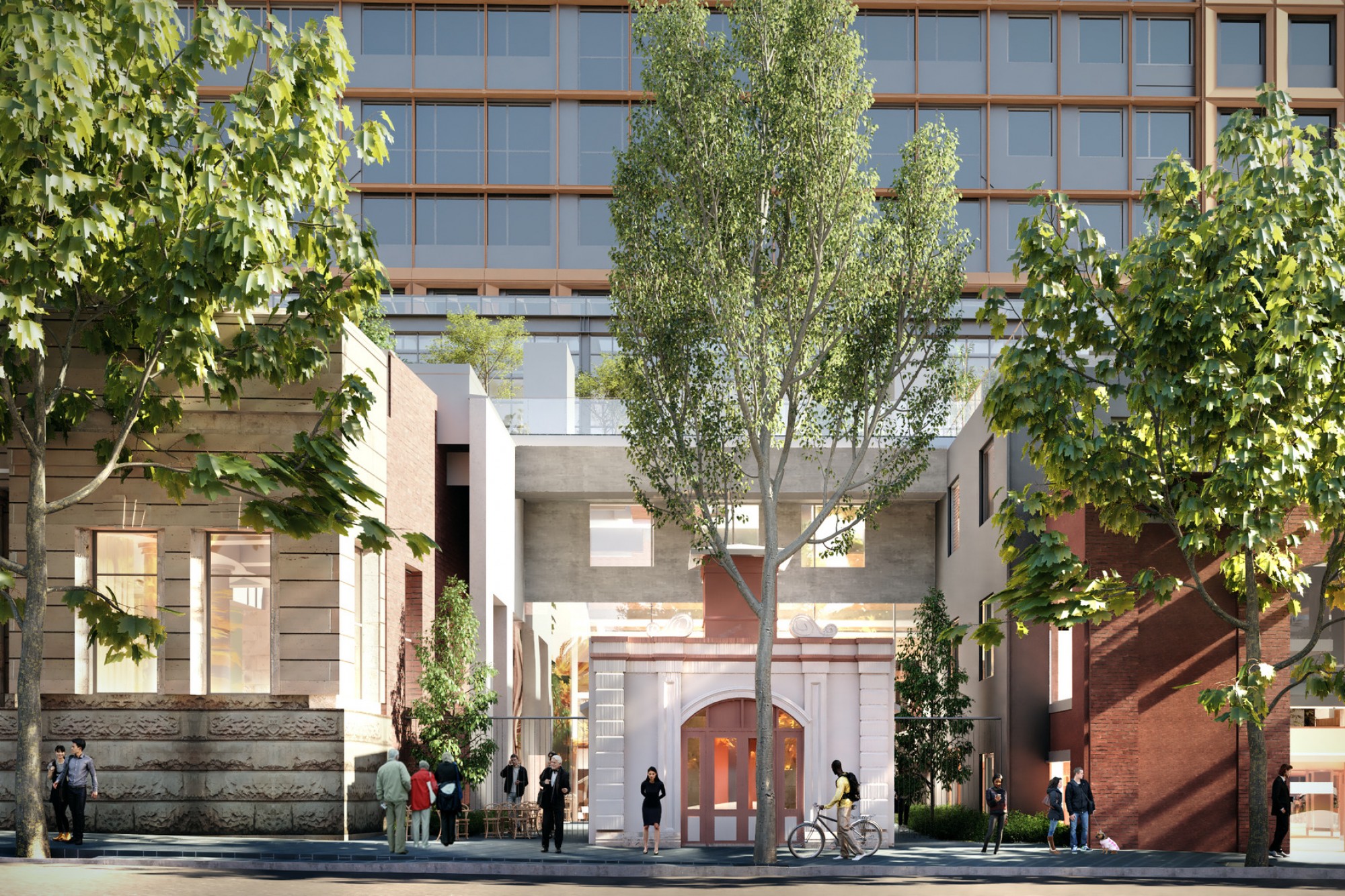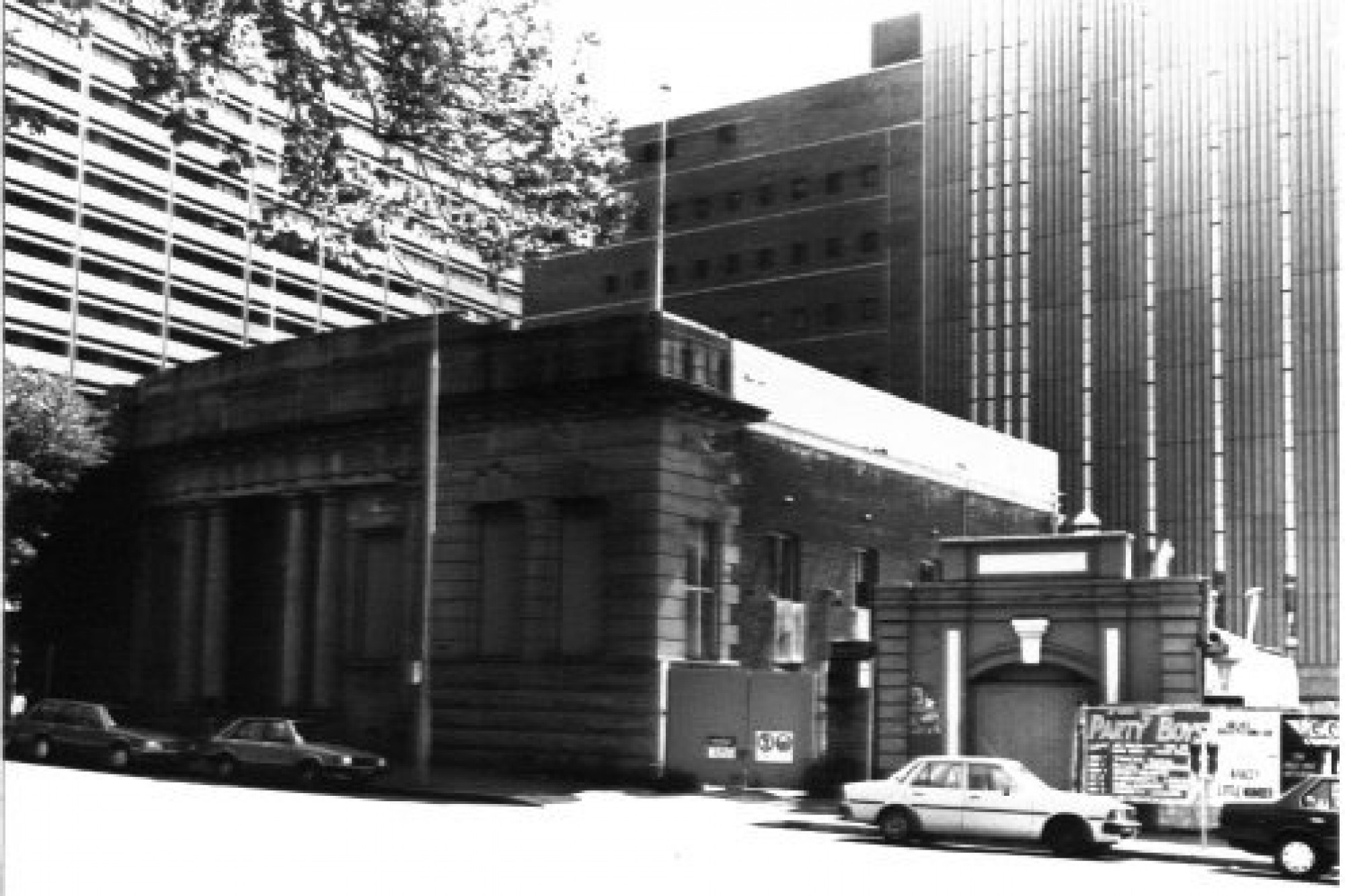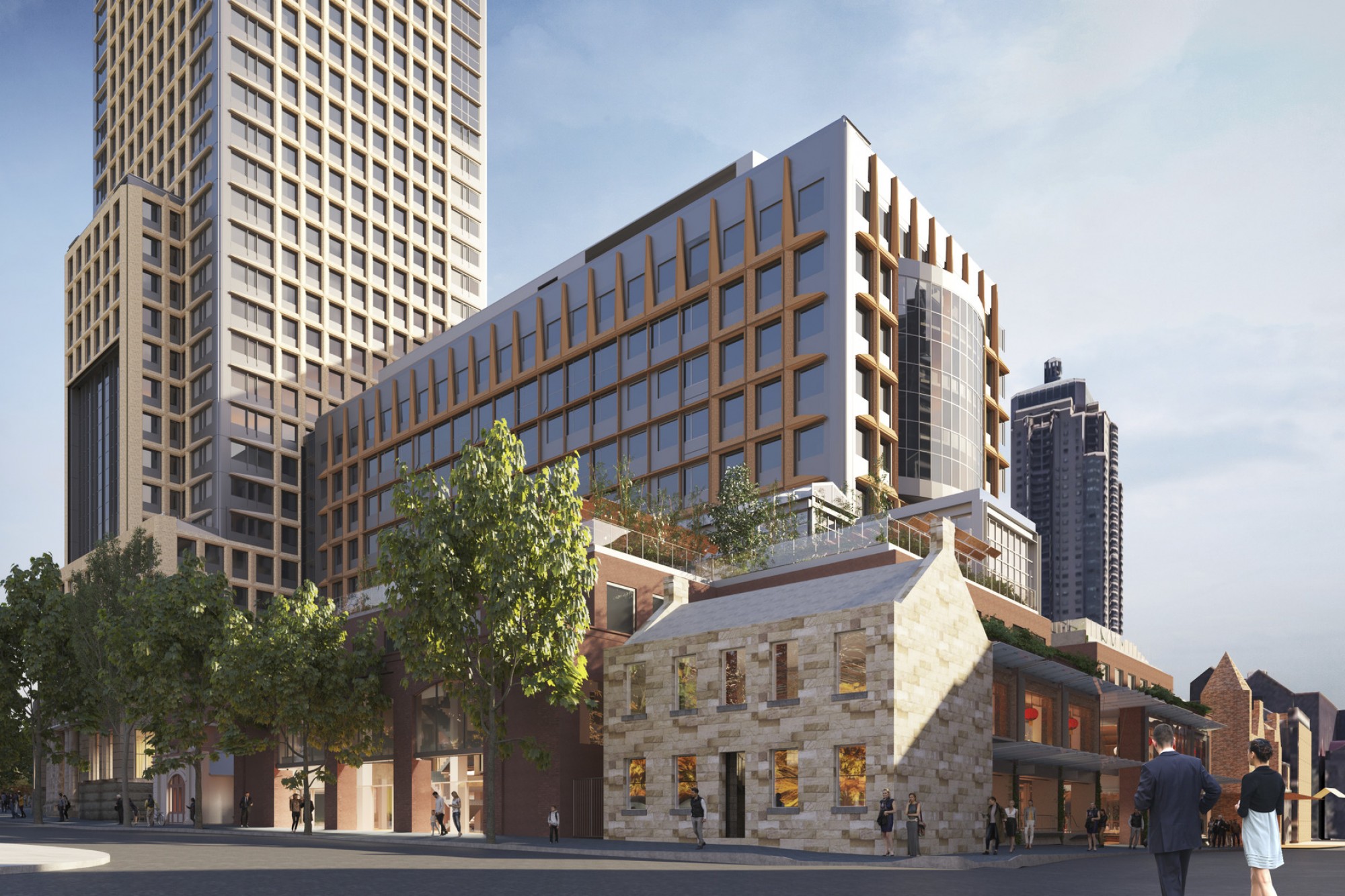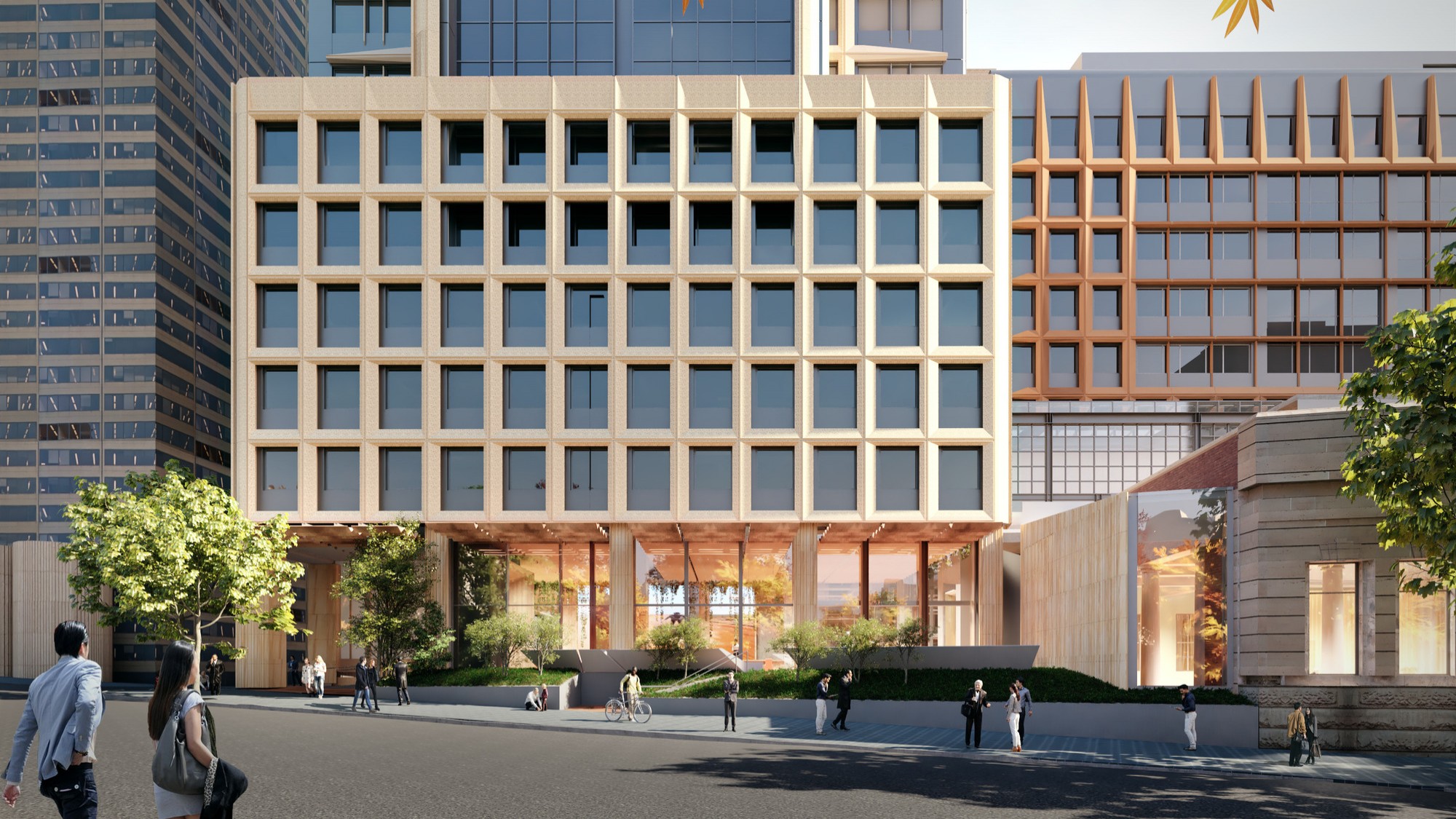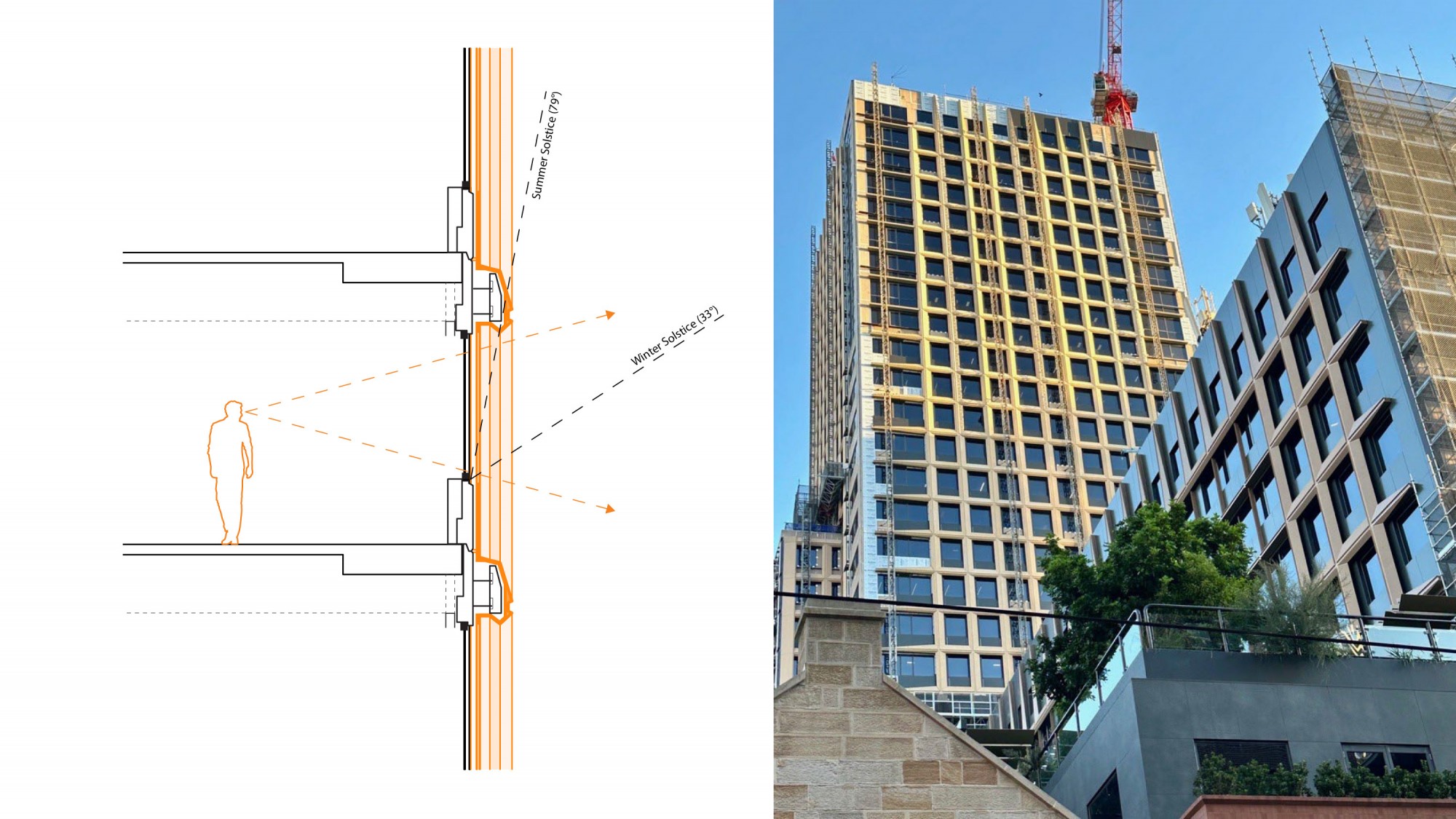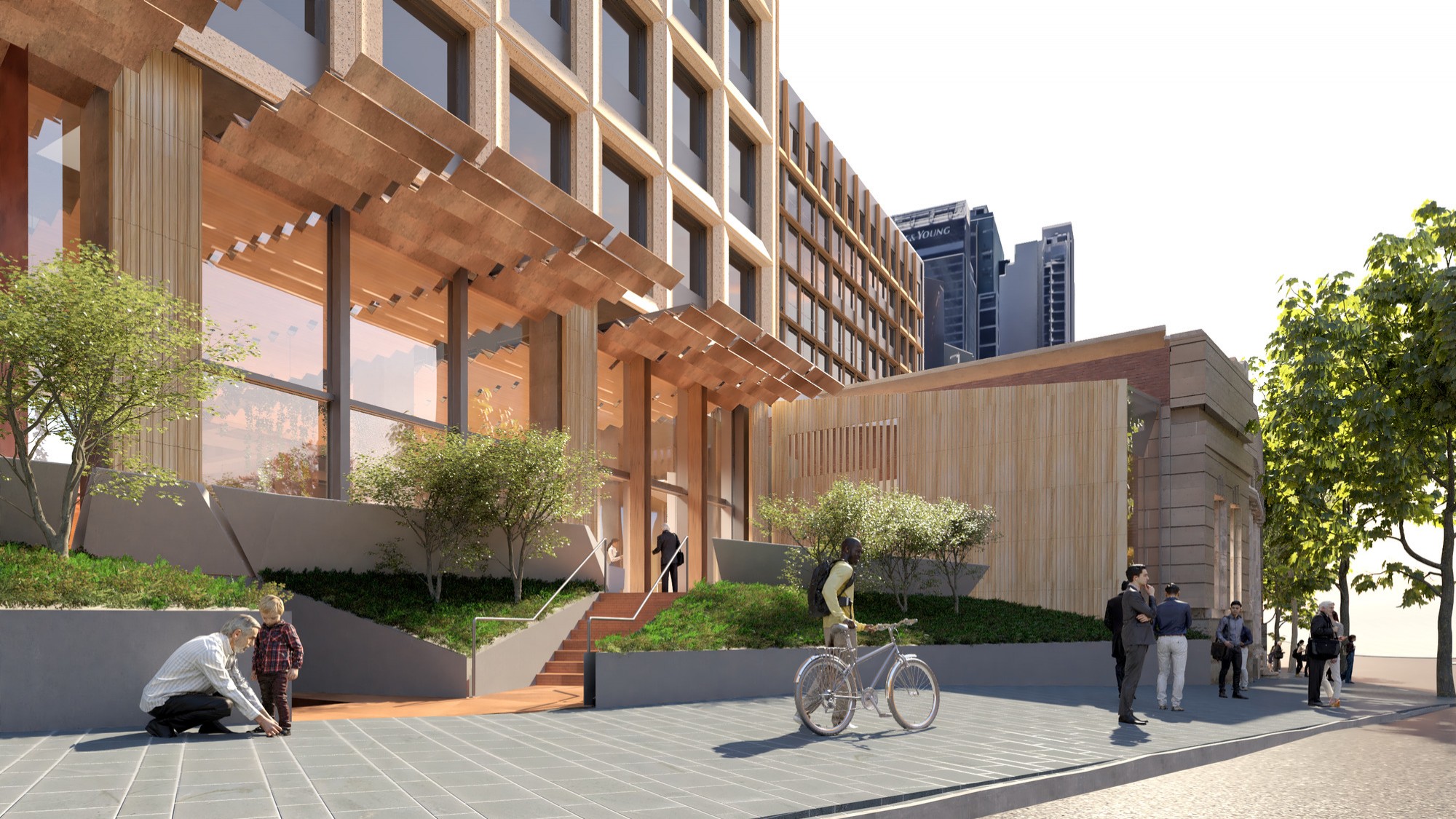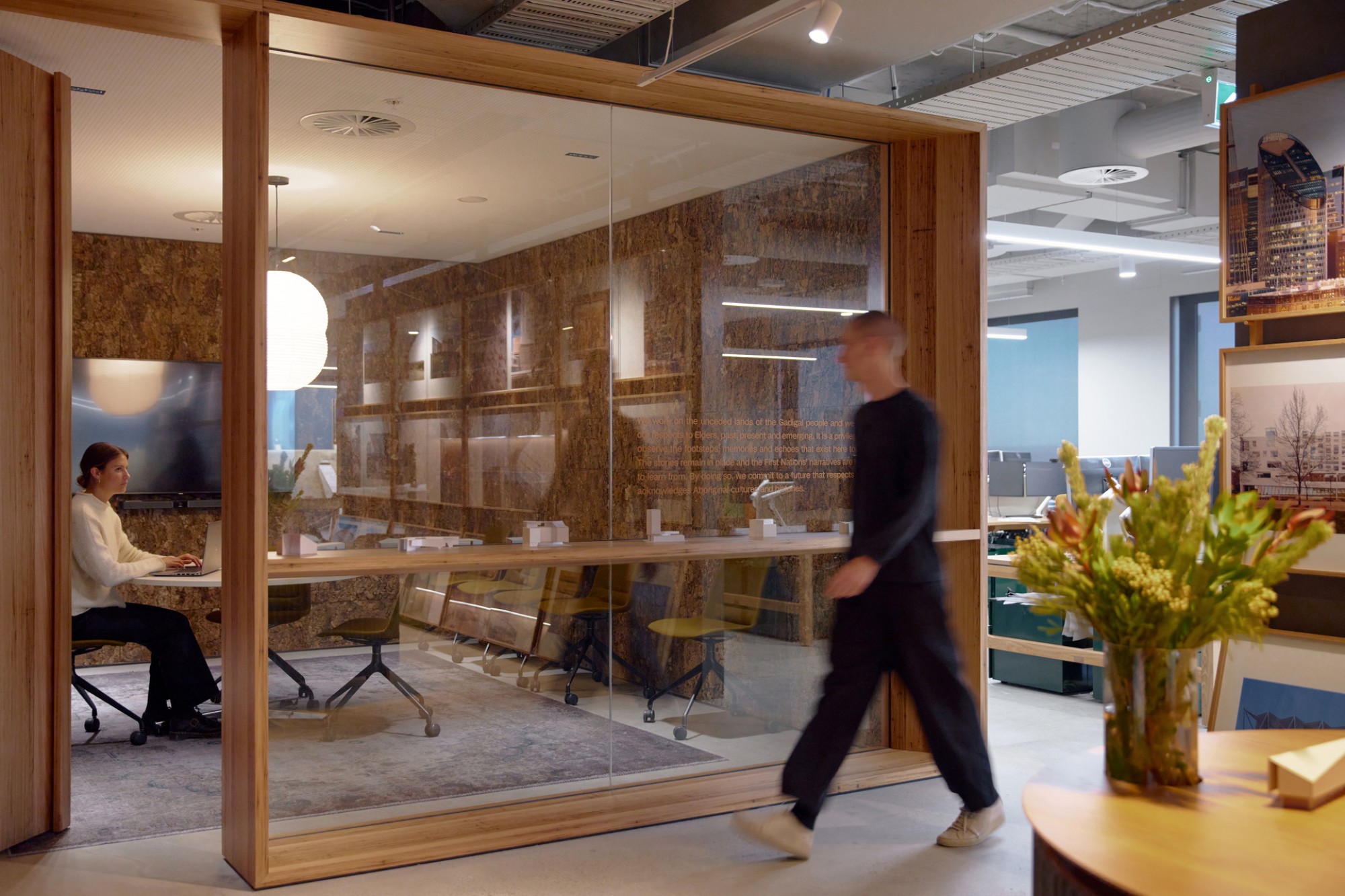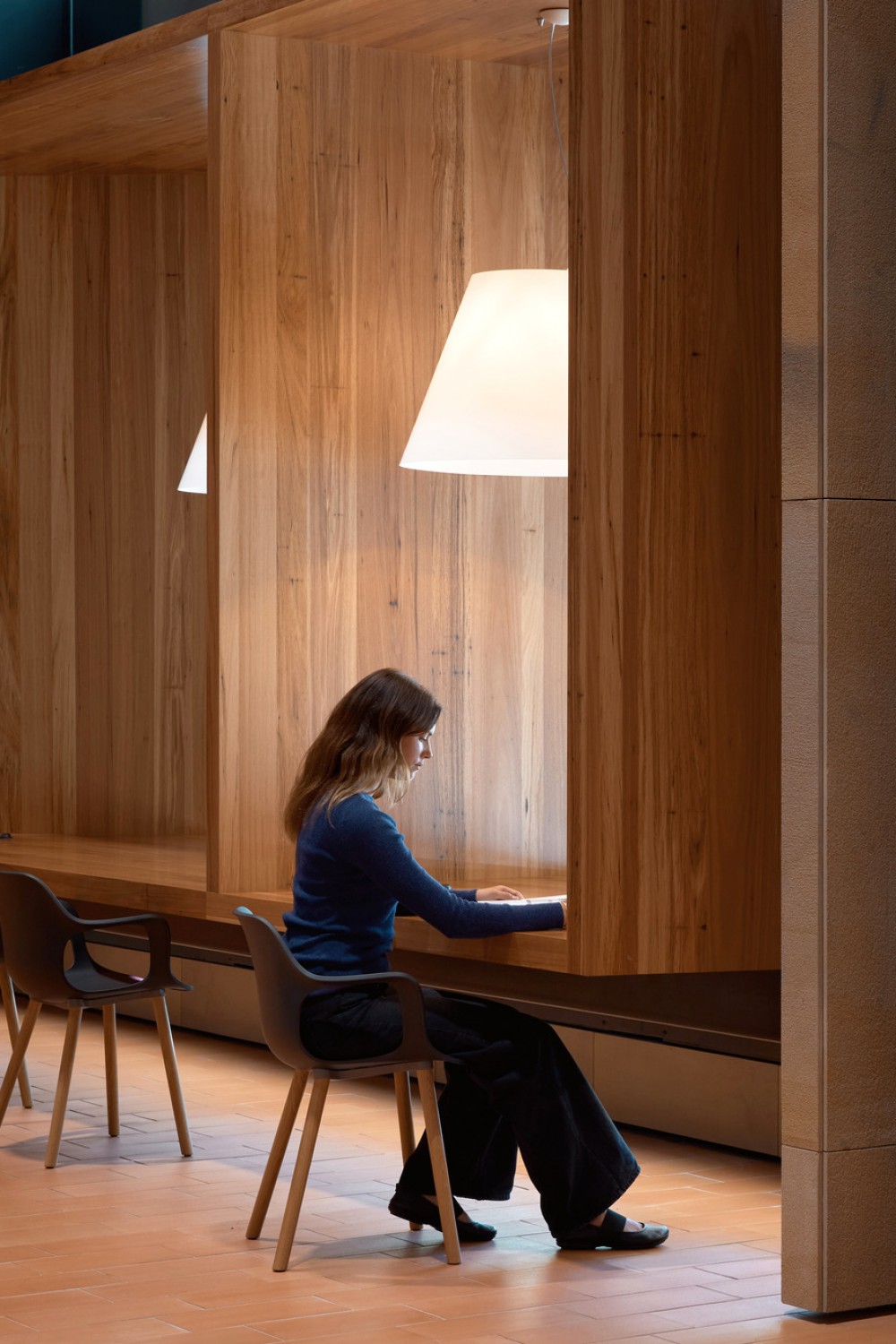The environmental and social benefits of adaptive reuse of buildings are well known. Significant reductions in embodied carbon are a critical step for our industry to play a part in mitigating climate change. Beyond climate resilience improvements, built outcomes are better, occupant wellbeing increases, and retrofitting can have positive economic impacts. Using research and negotiation to arrive at agreed priorities, creative solutions using verifiable data can deliver socially and economically successful outcomes.
It is an uncomfortable fact that the renewal of existing buildings is costly, and cost is a powerful driver. Free-market economics typically don’t drive environmentally sustainable outcomes. It’s time to reframe the conversation, authorities must revise their perspective on upgrading old assets as an opportunity rather than a cost. Industry guidelines need to catch up with current thinking and research. Is it possible for ‘value’ become a term that encompasses more than just dollars.
Owned by ISPT, 477 Pitt Street Sydney was built in the early 1990’s. It was a tower fast deteriorating with diminishing market appeal. Our client was determined to reposition the property rather than demolish it. The transformation of the 30-storey mixed-use tower into a striking, considered architectural statement now stands at the heart of Tech Central today was undertaken with a view to unlocking value without the associated environmental impact of knocking down a large structure.
